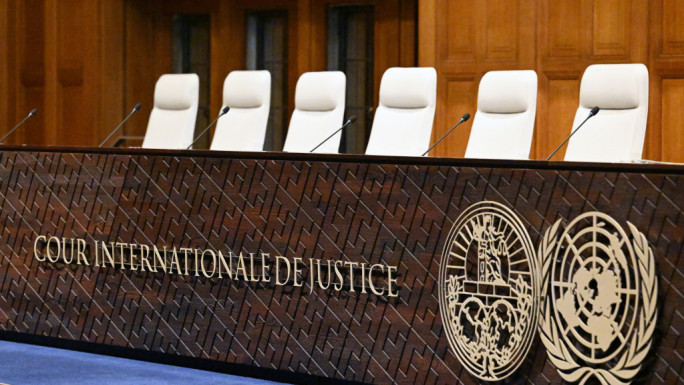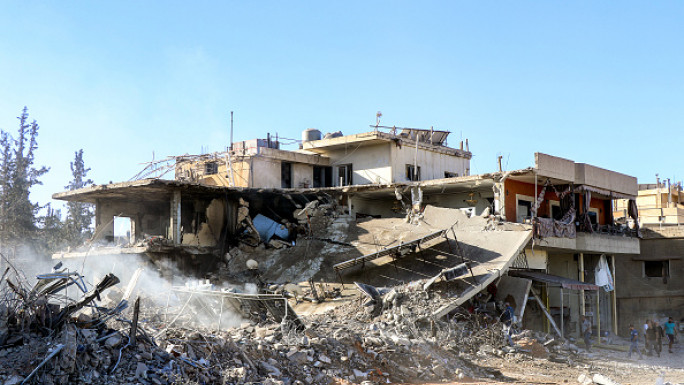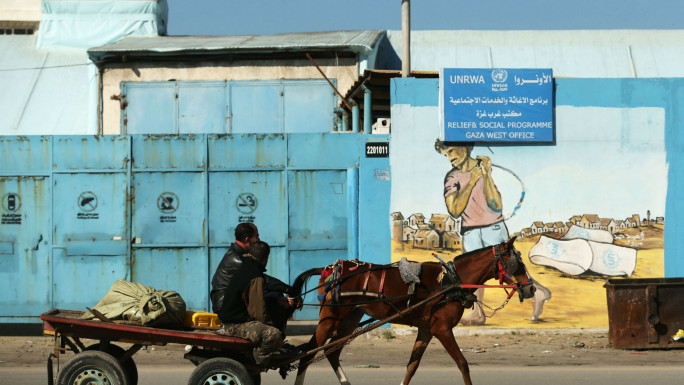
France's poor model of integration
French President Francois Hollande visited Morocco last week, along with an entourage of successful French figures of Moroccan descent, to tell public opinion that the French integration model is successful - and these people are the proof.
France's Minister of Education, Najat Vallaud-Belkacem, Minister of Labour Myriam El Khomri, the former Minister of Justice Rachida Dati, the writer Tahar Ben Jelloun and the actor and comedian Jamal Debbouze are all examples of successful French-Moroccans.
| 42 percent of citizens view their compatriots of Moroccan, Algerian and Tunisian descent as Arabs - and not French |
However, the image that Hollande came to promote to Moroccans and Arabs while he stood among first- and second-generation immigrants who had achieved success in France was the exception to the rule.
The French model of integrating immigrants into the state's political, economic, cultural and social structures is the worst - and cannot be compared with the United States, which is a country of immigrants, or Britain's multiculturalism or even the German model which defends equality and freedom.
France is a country in which 42 percent of citizens view their compatriots of Moroccan, Algerian and Tunisian descent as Arabs and not French.
The country that created a ministry of national identity under Nicolas Sarkozy - because it feared that outsiders might tarnish its purity - is not a model for integration.
The country in which third-generation Arab and Muslim immigrants say that people with names such as Mohammad, Omar and Khaled find it harder to get employed is not a model for integration.
A country in which unemployment among Muslim youths in marginalised suburbs is 50 percent, while the national average among people of the same age is no more then 20 percent, is not a country that should be promoted as a model for integration.
The French disconnection
There are three main reasons why French integration policies have failed.
First, assimilation versus integration. France demands that immigrants assimilate into its language, culture and customs instead of integrate, and there is a vast difference between the two.
Second, France does not have a culture of migration, and of the 66 million French citizens, only 1.5 million live outside their country, with half that number living in the European Union. The country therefore views itself as a destination of immigrants rather than an exporter of emigrants.
| Immigrants viewed the country as a coloniser and France viewed them as temporary soldiers and labourers |
Third, migration to France in the early 20th century occurred at the request of the French, which was sometimes forceful and violent.
During World War I and II, France enlisted people from its colonies in North and Sub-Saharan Africa to fight in its armies.
After the war ended, hundred of thousands were brought as labourers to rebuild the country destroyed by war.
Therefore, a tense relationship formed between the mostly Arab immigrants and France, as immigrants viewed the country as a coloniser, and France viewed them as temporary soldiers and labourers - whose culture, language and religion should not be bothered with by citizens, as they were soon going to leave.
Thus, the first generation of immigrants lived in submission as they waited to return home. The second generation attempted to avoid the mistakes of their parents, identified as French and excelled in education - but they did not attain the positions they deserved in French society.
Thereafter, the third generation carried the cultural identity of their grandparents and the bitterness of their parents and responded to their marginalisation with the violence of radicalism that preyed on this generation.
As a result, this generation became a ticking time bomb, ready to explode in society that refused to integrate their parents and grandparents.
Opinions expressed in this article remain those of the author and do not necessarily represent those of al-Araby al-Jadeed, its editorial board or staff.





 Follow the Middle East's top stories in English at The New Arab on Google News
Follow the Middle East's top stories in English at The New Arab on Google News


